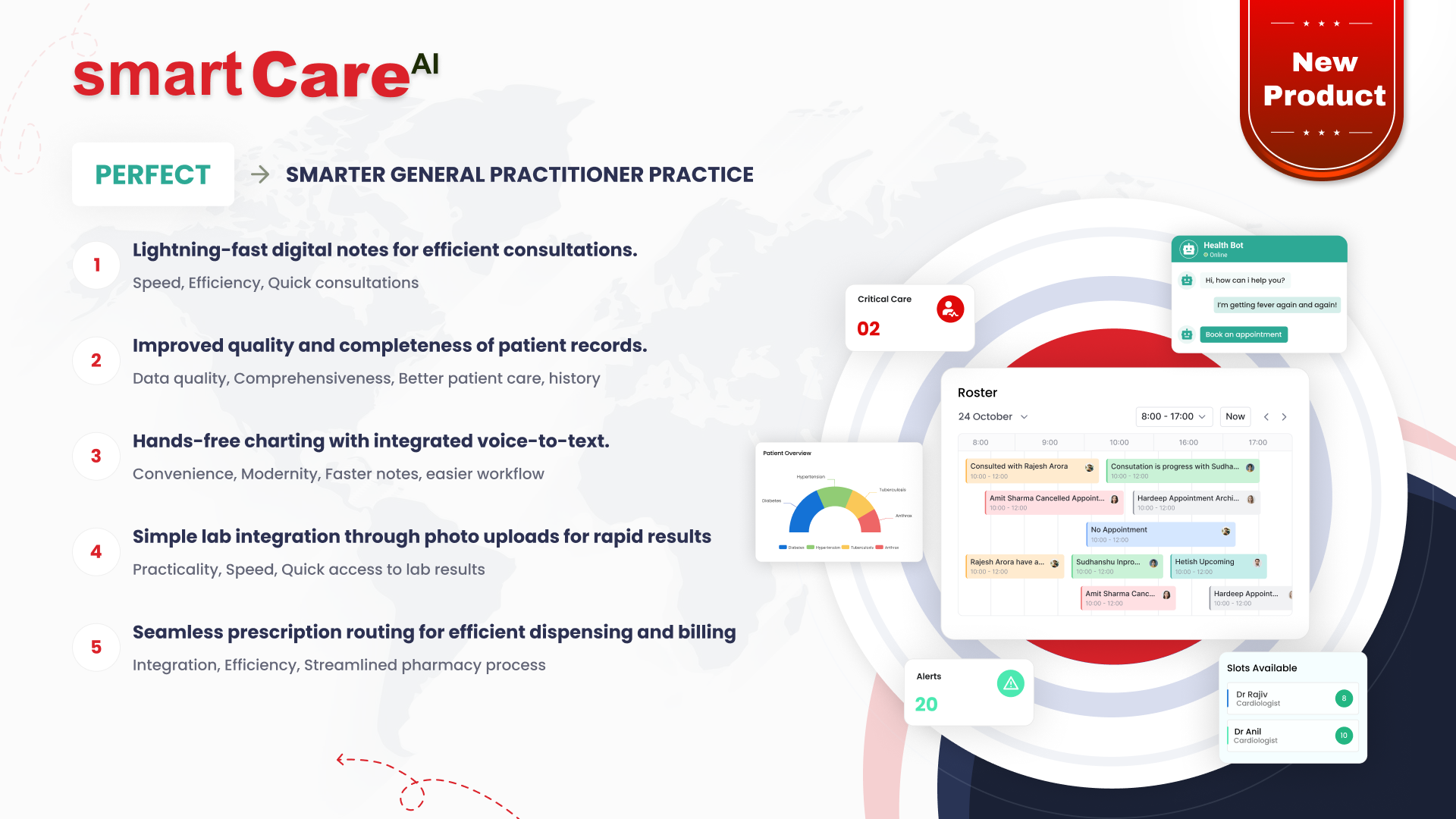
Posted On June 2, 2025
How to Ensure Your Healthcare Software Meets Regulatory Compliance Standards
Developing healthcare software is not just about features and user experience—it also demands strict adherence to regulatory compliance standards. Failing to meet these standards can lead to legal issues, loss of trust, and significant financial penalties. This guide explores how healthcare providers and software developers can ensure compliance while building digital health solutions.
Why Compliance Matters in Healthcare Software Development
Healthcare data is among the most sensitive types of information. Ensuring regulatory compliance protects patient privacy, promotes safety, and builds trust with users. Moreover, non-compliance with laws like HIPAA (Health Insurance Portability and Accountability Act) or GDPR (General Data Protection Regulation) can result in severe legal consequences and damage to an organisation’s reputation.
Understanding Key Healthcare Regulations You Must Follow
Before starting development, it’s essential to understand the specific regulations that apply in your region or target market. These may include:
-
HIPAA (USA): Focuses on protecting patient health information.
-
GDPR (Europe): Governs the collection and use of personal data.
-
HITECH Act: Expands upon HIPAA with stricter data handling rules.
-
FDA Guidelines: In the USA, software as a medical device (SaMD) may need FDA clearance.
-
ISO 13485 and ISO 27001: Standards related to quality and information security.
Knowing which rules apply ensures your development process is structured around compliance from the beginning.
How to Design Software with Privacy and Security in Mind
Regulatory compliance starts with software architecture. Build your system with “privacy by design” principles—meaning security and data protection are core components, not afterthoughts. This includes:
-
Limiting data collection to only what’s necessary.
-
Providing users with clear consent forms.
-
Designing user roles and permissions to avoid unauthorised access.
-
Ensuring secure data transmission and storage.
By embedding security into the design process, you’re more likely to meet compliance requirements throughout development.
The Role of Data Encryption and Access Controls
Strong encryption and robust access control are essential to safeguarding health data. Regulatory standards require that sensitive information, both in transit and at rest, be encrypted using up-to-date technologies.
Additionally, implement strict access controls so only authorised personnel can view or modify data. Multi-factor authentication, role-based access permissions, and regular access audits help ensure that only the right users can interact with sensitive information.
Steps to Conduct Regular Security and Compliance Audits
Regular auditing is a proactive way to identify potential gaps in compliance. This includes:
-
Internal reviews: Ensure teams follow protocols and document changes.
-
Third-party audits: Gain external verification that your software meets industry standards.
-
Vulnerability assessments: Scan for weak points in your system and patch them before issues arise.
Audits not only ensure you remain compliant but also demonstrate due diligence in protecting patient information.
Building Compliance into the Development Lifecycle
Regulatory compliance should not be an afterthought; it must be integrated into every phase of the software development lifecycle. Start by identifying relevant healthcare regulations—such as HIPAA, GDPR, or FDA guidelines—during the planning stage. As development progresses, regularly review whether your software’s features, data handling, and infrastructure meet these standards. Involving compliance experts early on helps detect potential risks and prevent costly redesigns later.
How to Choose the Right Technology Stack for Compliance
Not all technologies are built with healthcare compliance in mind. When selecting a tech stack, prioritise platforms and frameworks that support encryption, secure authentication, and audit trails. Cloud providers like AWS or Microsoft Azure offer HIPAA-compliant infrastructure, which can simplify compliance for hosted applications. It’s also important to ensure that third-party APIs and tools you integrate meet industry-specific regulatory requirements.
The Importance of Documentation and Record Keeping
Clear and accurate documentation is critical for proving compliance. Maintain detailed records of your software’s architecture, data flow diagrams, security policies, and testing outcomes. Document all updates and patches to show continuous efforts toward maintaining compliance. During audits or inspections, this information provides transparency and helps establish trust with regulators and stakeholders.
Training Your Team on Regulatory Best Practices
Compliance is not solely a technical challenge—it’s a team effort. Developers, testers, project managers, and even customer support staff must be familiar with regulatory requirements relevant to their roles. Regular training sessions and updates about changes in legislation will help ensure everyone remains aligned. A well-informed team is better equipped to detect risks and avoid errors that could lead to non-compliance.
Working with Trusted Partners for Regulatory Confidence
Sometimes, ensuring compliance means knowing when to bring in expert support. Partnering with experienced healthcare software development firms, legal consultants, or regulatory advisors can provide valuable insights and avoid potential pitfalls. Look for partners who understand the healthcare landscape and have a strong track record of building compliant solutions. Their guidance can streamline the development process and reduce regulatory risks.
Conclusion
In today’s healthcare landscape, regulatory compliance is non-negotiable. It protects patients, builds trust, and ensures long-term success. From understanding legal requirements to designing secure systems and conducting regular audits, every step matters. At smartdatainc.com, we help healthcare organisations develop robust, compliant digital solutions tailored to industry demands—making patient data privacy a priority from day one.
